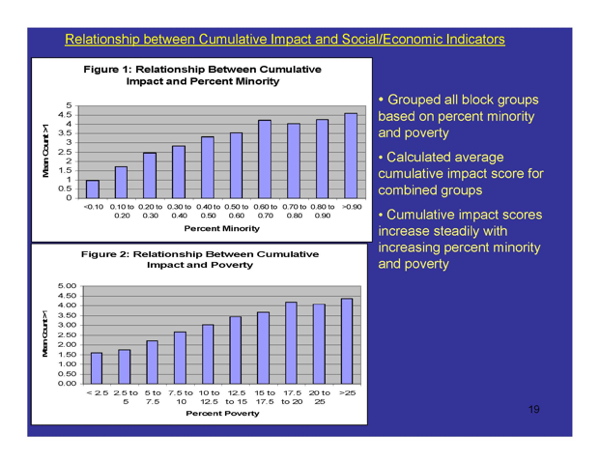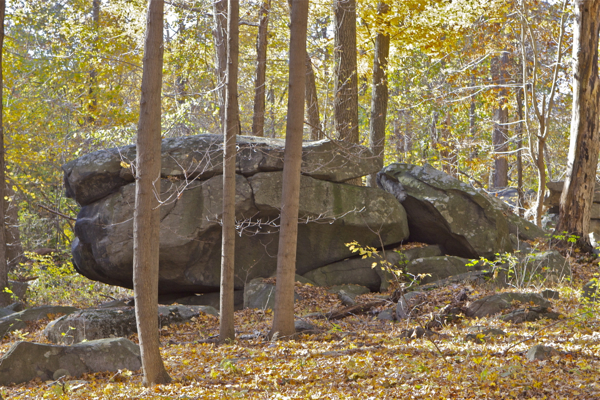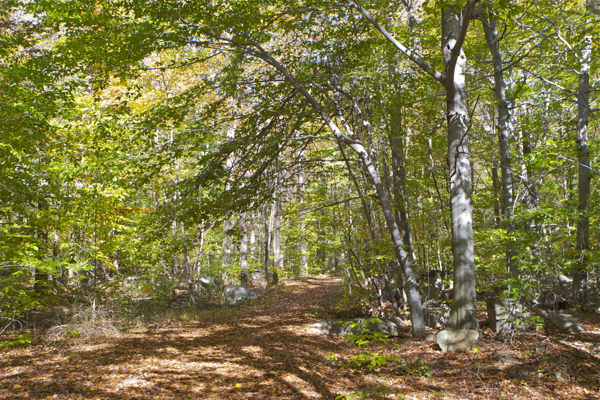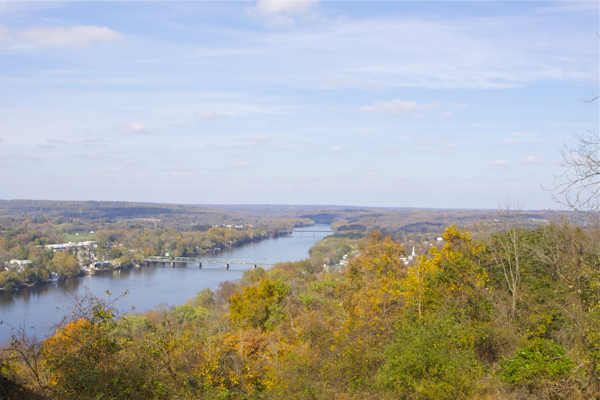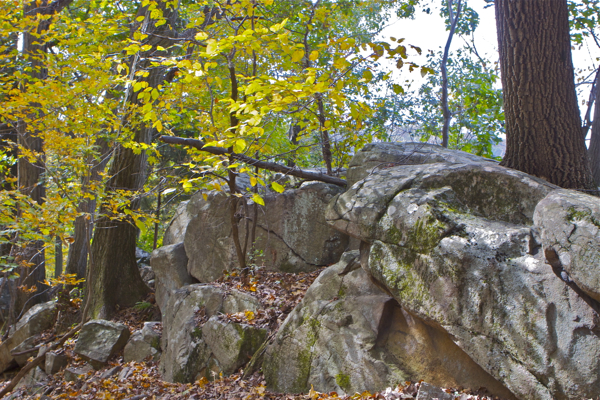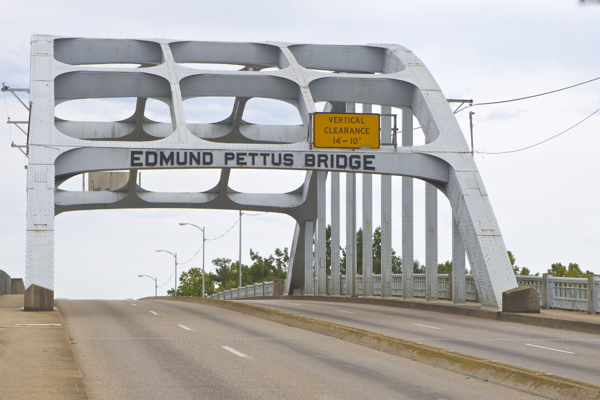[Update: 10/28/11: Excellent editorial from the Trenton Times: EPA should release information on contaminated sites
“By failing to disclose these hazardous ratings, EPA keeps the public in the dark about risks in their communities and frustrates their efforts to hold polluters and government accountable,” says New Jersey PEER Director Bill Wolfe.
He’s right. And PEER was right to file the suit since it appears that will be the only way to get the information.
Residents of New Jersey and every other state should have the right to know what is simmering in their own back yards. It is disappointing that the EPA, especially under a president who has promised openness and transparency, should refuse to divulge that information.
Update: 10/25/11: Coverage:
“Pompton Lakes is the best illustration of the dispute, but people there were organized and when they got more information, they grew more concerned about the cleanup,” Wolf said. “There are many other sites that people are not as aware about or where they think there’s no risk, but if this ranking information is released about those sites, people might start to say, ‘Hey, wait a minute — why isn’t this site also on the Superfund list?’ “
John McArdle of Greenwire: Groups sues EPA to force release of hazard rankings (subscription, no link – provided upon request)
This lawsuit has the potential to provide a significant quantity of important public information about risks to human health and the environment from toxic sites in NJ – EPA’s denial of this information under the federal Freedom of Information Act is indefensible. My sense is that EPA will either lose the lawsuit or settle by revoking the 1991 Guidance and disclosing documents.
Home About/Contact Campaigns Publications State Watch Federal Beat News Chapters Take Action
For Immediate Release: October 24, 2011
Contact: Bill Wolfe (609) 397-4861; Kirsten Stade (202) 265-7337
LAWSUIT TO UNCOVER TOXIC HISTORY OF NEW JERSEY — U.S. EPA Will Not Release Hazardous Ratings for Pompton Lakes and Other Sites
Washington, DC – The U.S. Environmental Protection Agency is wrongfully withholding hazardous ratings it has conducted at toxic sites throughout New Jersey, according to a federal lawsuit filed today by Public Employees for Environmental Responsibility (PEER). The ratings gauge the sites’ level of toxicity, human exposure and contamination pathways through air, soil and water.
The suit filed today in U.S. District Court for the District of Columbia arose out of EPA’s failure to disclose its Hazardous Rating System scores for one of New Jersey’s most troubled toxic sites – the old E.I. DuPont De Nemours & Company armament factory at Pompton Lakes. The agency has rebuffed past requests for these scores based upon a 1991 internal directive. According to EPA, these ratings both factor into whether to list a site under Superfund, which confers a higher clean-up priority, more funding options and citizen oversight, and also on how best to address the relative risks posed at each site.
PEER has asked for these hazardous rating scores for not only Pompton Lakes but for all other New Jersey sites not listed as national Superfund cleanup sites – a list of approximately 70 of the most contaminated locations in the state. EPA sat on the request past the deadline mandated in the Freedom of Information Act, which serves as the basis for the PEER suit.
“By failing to disclose these hazardous ratings, EPA keeps the public in the dark about risks in their communities and frustrates their efforts to hold polluters and government accountable,” stated New Jersey PEER Director Bill Wolfe. “People should be alerted about vapor intrusion into their homes. Keeping these scores secret makes EPA part of the problem and impedes a solution by shielding industrial polluters from public oversight from affected communities and the media.”
New Jersey has the most Superfund sites in the country (144) but could have even more if the Hazardous Rating System scores were the dispositive benchmarks for Superfund listing. Many sites in New Jersey pose risks equal to or greater than Superfund-listed sites, yet these uncontrolled sites (such as Pompton Lakes, where clean-up has stumbled along for more than 20 years) remain in regulatory limbo. Publication of all Hazardous Ranking System scores would enable apples-to-apples comparisons which, in turn, would help prioritize sites for clean-up and target responsible parties.
“EPA has taken the stance that these Hazardous System Rating scores do not have to be disclosed on the grounds that they constitute pre-decisional policy recommendations. Yet, numbers are not policy recommendations they are factual statements which are considered public records under the Freedom of Information Act,” said PEER Counsel Kathryn Douglass who drafted the complaint. “Moreover, we are well beyond the pre-decisional stage as EPA long ago made the decision to let these sites languish.”
The U.S. Justice Department, representing EPA, has 30 days to file an answer to the PEER suit.
“The Obama administration said it was going to be transparent,” Wolfe added. “Here is an opportunity to reverse a 20-year secrecy policy so that communities can see what EPA knows about toxic conditions in our own backyards.”
###
Read the PEER lawsuit
See the role of Hazardous Rating System scores
View the list of New Jersey facilities covered by the suit
Look at the regulatory limbo of Pompton Lakes
Examine the 1991 EPA directive
